Potential Acquisition of MiG-31 by Iran: A Strategic Shift for Air Defense
Rokna Political Desk: Iran’s potential purchase of the MiG-31 could restore a portion of the Iranian Air Force’s lost capabilities.
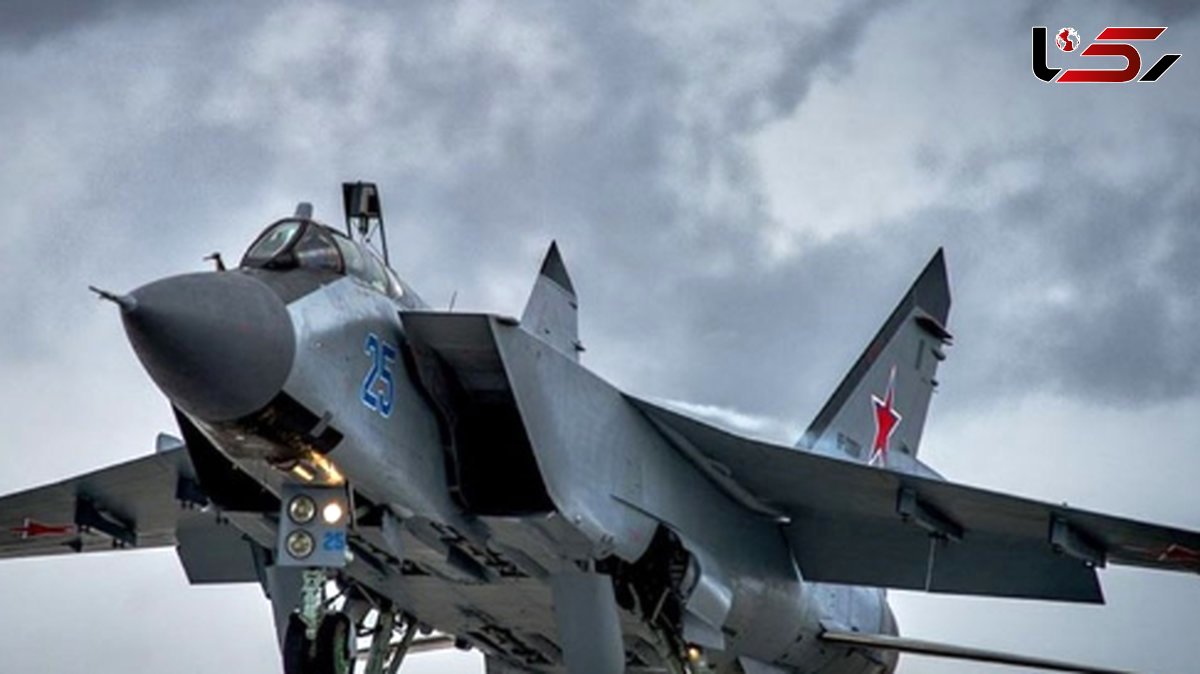
According to Rokna,this aircraft, virtually unrivaled among Eastern fighter jets, is the fastest fighter in the Eastern Hemisphere. As a supersonic interceptor from Russia’s advanced generation of aircraft, it possesses exceptional capability to track high-altitude aerial targets at supersonic speeds. Defense experts believe that the introduction of the MiG-31 could transform Iran’s air defense capabilities and influence regional strategic dynamics.
Historically, one of the reasons the United States provided Iran with F-14 fighters prior to 1979 was to counter the previous generation of the MiG-31, namely the MiG-25. However, engaging this aircraft was extremely difficult due to its high altitude and speed.
During the Iran-Iraq War, the MiG-25 served in the Iraqi Air Force. One Iranian F-4 fighter was heavily damaged by a MiG-25 missile but managed to land safely. In February 1983, a MiG-25 achieved another success by shooting down an Iranian Lockheed C-130 Hercules, resulting in the deaths of all crew members.
Introduction and Specifications of MiG-31
The MiG-31 was designed as a successor to the MiG-25 and developed to counter strategic, long-range aerial threats. This aircraft can simultaneously detect and track multiple targets and can surpass most regional fighter jets with speeds exceeding Mach 3.3. Equipped with advanced radar and electronic systems, it can execute complex operations with high precision, detecting aerial threats before they reach sensitive areas.
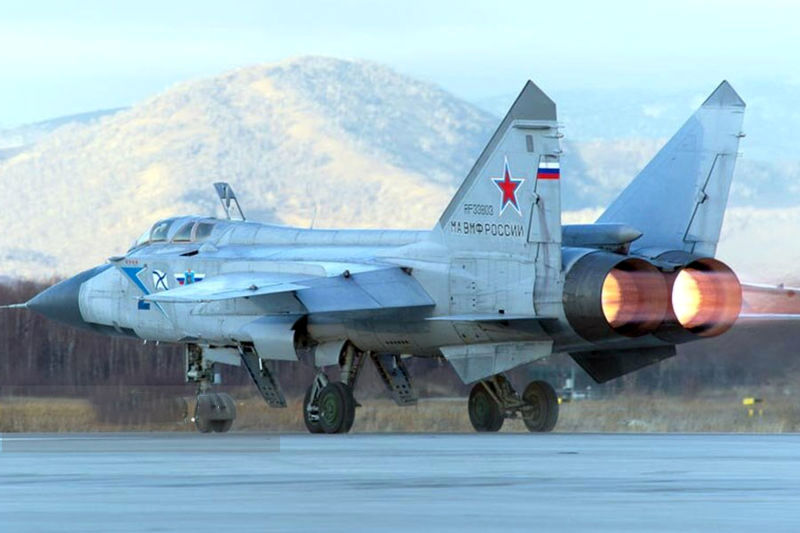
MiG-31 engine specifications:
| Feature | Specification |
|---|---|
| Engine Type | Twin D-30F6 turbofan engines with afterburner |
| Thrust | 15,500 kN with afterburner per engine |
| Fuel Consumption | High due to supersonic speed and afterburner |
| Operational Range (Full Fuel) | ~3,000 km without aerial refueling |
| Aerial Refueling Capability | Yes |
| Engine Service Life | Approximately 1,000–1,500 flight hours before major overhaul |
The MiG-31 is also capable of operating at very high altitudes, enabling it to intercept long-range bombers and drones. This feature makes the aircraft a key component in strategic air defense and regional deterrence. Furthermore, its two-seat design allows the pilot to focus on flying the aircraft while the systems officer manages radar and weapon systems.
MiG-31 specifications:
| Feature | Specification |
|---|---|
| Crew | 2 (Pilot and Systems Officer) |
| Maximum Speed | 3.3 Mach (~4,000 km/h) |
| Operational Range | ~3,000 km without aerial refueling |
| Service Ceiling | Over 20 km |
| Radar | Zaslon phased-array, capable of tracking multiple targets simultaneously |
| Armament | Air-to-air missiles: R-33, R-37, R-40; 23 mm cannon |
Operational Speed and Altitude
The high speed of the MiG-31 allows it to intercept very fast, high-altitude targets. Military experts emphasize that this capability is particularly valuable against intruder aircraft and strategic bombers, allowing the MiG-31 to detect threats before they reach critical zones and position itself for effective engagement. Its speed drastically reduces the pursuit distance, limiting the enemy’s ability to evade or maneuver.
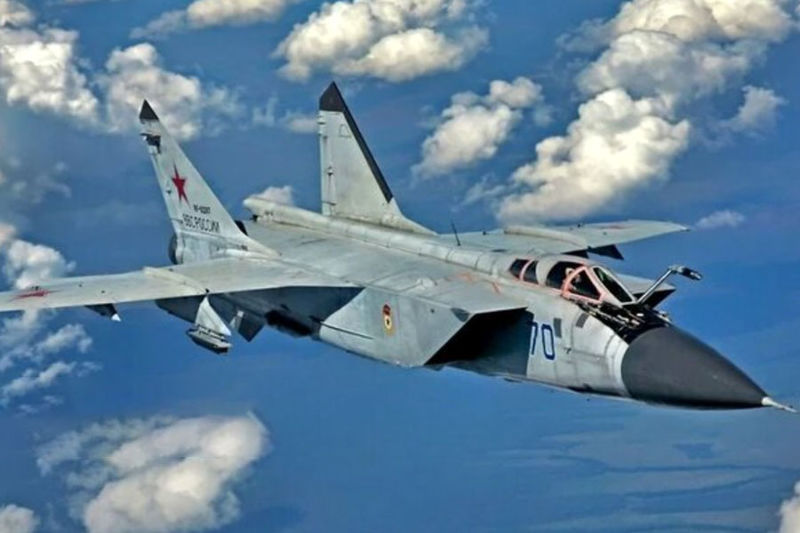
comparing MiG-31 with Israeli fighters:
| Fighter | Speed | BVR Missile Range |
|---|---|---|
| F-15 | ~2.5 Mach | ~150 km |
| F-16 | ~2 Mach | ~120 km |
| F-35 | ~1.7–1.8 Mach | ~200 km |
| MiG-31 | 3.3 Mach | 200–300 km |
Radar and Electronic Systems
The Zaslon phased-array radar is one of the most advanced radar systems deployed on interceptors. It can simultaneously track multiple targets and provide precise long-range positioning of enemy aircraft. Advanced electronic systems allow the pilot to make rapid, effective decisions in complex combat scenarios and manage multiple threats. Accordingly, the MiG-31 can serve as a primary interceptor in the country’s air defense network, efficiently countering advanced enemy bombers and fighters.
comparing the MiG-31 radar with Israeli fighters’ radars:
| Radar Feature | MiG-31 (Zaslon) | F-15 | F-16 | F-35 |
|---|---|---|---|---|
| Type | Phased-array | AN/APG-63/70 | AN/APG-68 | AN/APG-81 AESA |
| Detection Range | 200–300 km | ~150–200 km | ~100–120 km | ~150–160 km (limited stealth) |
| Simultaneous Target Tracking | 10–20 | 10 | 8–12 | 10–12 |
| High-Altitude Tracking Capability | Excellent | Good | Moderate | Good |
| Stealth Target Detection | Moderate | Moderate | Low | Good |
| Simultaneous Missile Engagement | High | Moderate | Moderate | High |
Missiles and Firepower
The MiG-31 is equipped with long-range R-33 and R-37 missiles capable of engaging targets up to 300 kilometers away. The high speed of these missiles (approximately Mach 6) minimizes enemy reaction time and reduces the chance of evasion or maneuvering. These capabilities make the MiG-31 one of the most threatening aircraft against advanced enemy bombers and fighters. Even sophisticated jets such as the F-35 would face serious challenges in a direct engagement with the MiG-31.
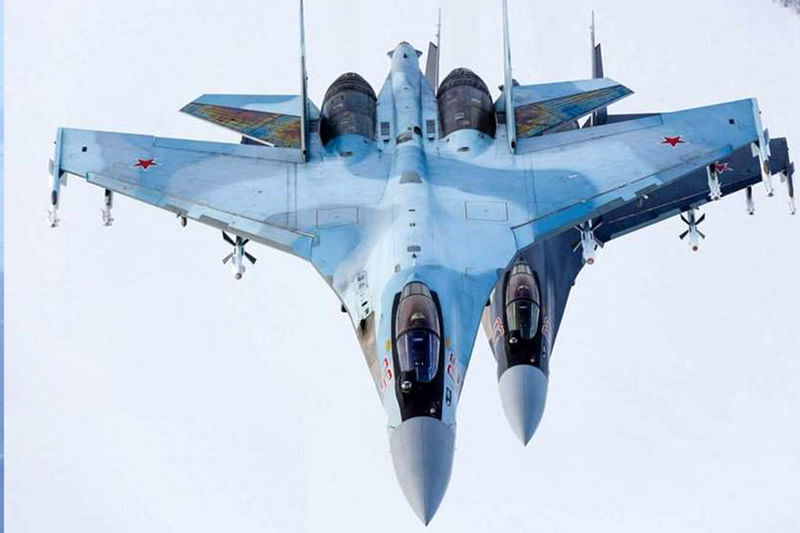
Engagement Against Israeli Fighters
Based on technical specifications, the MiG-31 can effectively engage F-15s, F-16s, and even F-35s. Its high speed and missile range reduce enemy reaction time and increase the likelihood of successful missile strikes. Even the F-35’s stealth technology may not guarantee evasion in a direct pursuit scenario, as the MiG-31 can rapidly close distance and reach missile engagement range. Operational analyses indicate that the MiG-31 can maintain higher altitude than F-15s and F-16s, controlling threats before enemy aircraft reach attack positions.
Advantages Over Su-35
The MiG-31’s speed and long-range missile capability provide a clear advantage over the Su-35 in countering strategic targets. While the Su-35 is a highly maneuverable multirole fighter, it has significantly lower speed and operational altitude than the MiG-31. The MiG-31’s focus on long-range interception and strategic threats enhances its effectiveness in complex aerial environments, particularly where rapid, long-range response is required.
comparing the MiG-31 and Su-35:
| Feature | MiG-31 | Su-35 |
|---|---|---|
| Speed | 3.3 Mach | 2.2 Mach |
| Long-Range Missile Range | 200–300 km | Similar |
| Operational Focus | Strategic Interceptor | Multirole Fighter |
| Maneuverability | Moderate | High |
Limitations and Challenges
Despite its numerous advantages, the MiG-31 has limitations. Its maneuverability is lower compared to the Su-35 and F-16, operational costs are high, specialized spare parts are required, and it relies on specific missile types. These challenges may impact close-range engagements or operations under resource constraints, requiring precise planning for maintenance and operational deployment.
The limitations and challenges of the MiG-31:
| Limitation | Explanation |
|---|---|
| Maneuverability | Limited compared to Su-35 or F-16 |
| Maintenance | Requires specialized repairs and specific spare parts |
| Missile Dependency | Relies on R-33 and R-37 missiles |
| Operational Cost | High fuel consumption and maintenance |
| Close-Combat Tactics | Limited effectiveness in close-range battles |
| System Complexity | Requires specialized training |
Combat Scenarios
Experts indicate that in pursuit and engagement scenarios, the MiG-31 can rapidly close the engagement distance and reach effective missile range before enemy fighters have time to react. Against F-15s and F-16s, the superiority in speed and missile range is evident. Even the F-35 has limited chances of evasion in direct pursuit scenarios.
Impact of Electronic Warfare Tactics on F-35
| Tactic | Effect |
|---|---|
| Radar Jamming | Reduces the accuracy of MiG-31 missiles |
| Terrain Masking | Increases chance of escape |
| High-G Maneuver | Reduces probability of being hit |
Using electronic warfare tactics can slightly increase the F-35’s chances of survival.
Engagement Analysis with Different Fighters
| Scenario | MiG-31 Capability | Enemy Fighter | Outcome |
|---|---|---|---|
| Pursuing F-16 | High Speed | F-16 | MiG-31 has full advantage |
| Pursuing F-15 | High Speed | F-15 | MiG-31 advantage, F-15 has limited escape chance |
| Pursuing F-35 | High Speed | F-35 | MiG-31 advantage, F-35 has limited escape with electronic warfare |
| Close-Range Combat | Medium | F-15/F-35 | Limited MiG-31 maneuverability, but long-range missile fire provides advantage |
Conclusion
The introduction of the MiG-31 into Iran’s air defense network could represent a strategic transformation. Its high speed, long missile range, and multi-target tracking capability make it a powerful asset against advanced aerial threats. Analysis suggests that acquiring the MiG-31 would strengthen Iran’s air defense and improve its regional security posture.
However, whether Russia would be willing to provide such aircraft remains uncertain. Given Russia’s historical stance and until the Su-35 becomes operational in Iran, the likelihood appears low. Nevertheless, experts argue that possessing such an aircraft is essential for securing Iranian airspace.
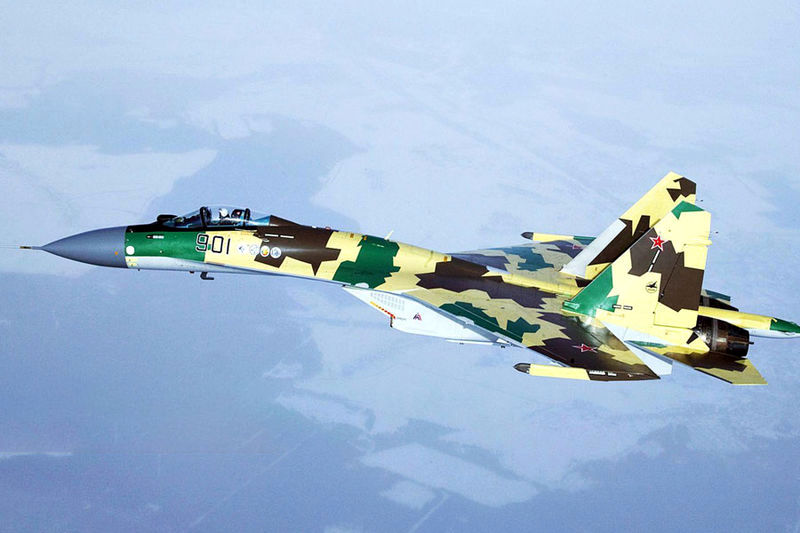
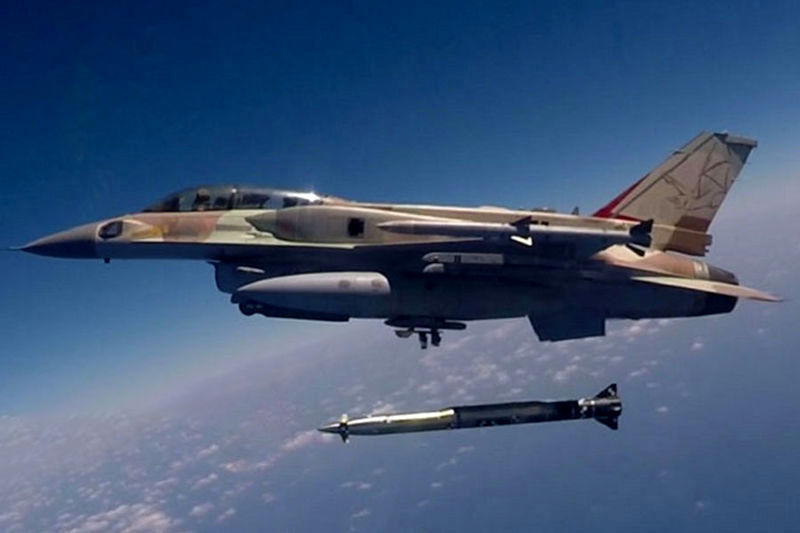
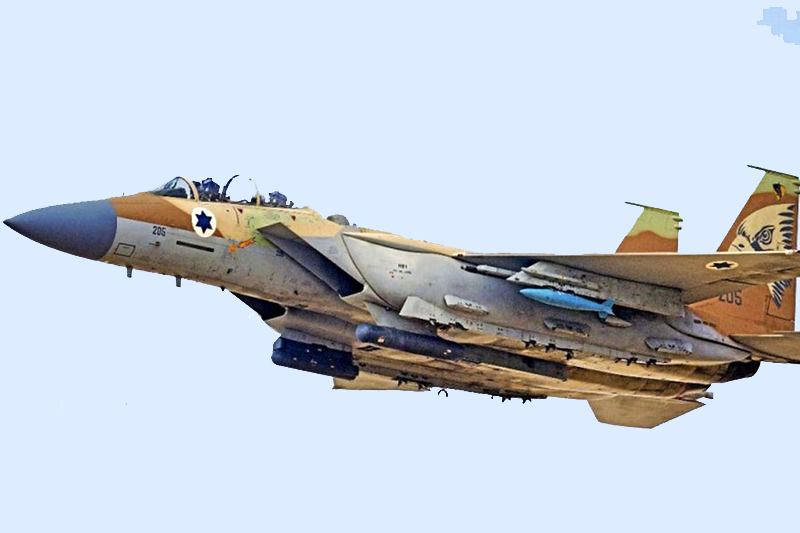
Send Comments